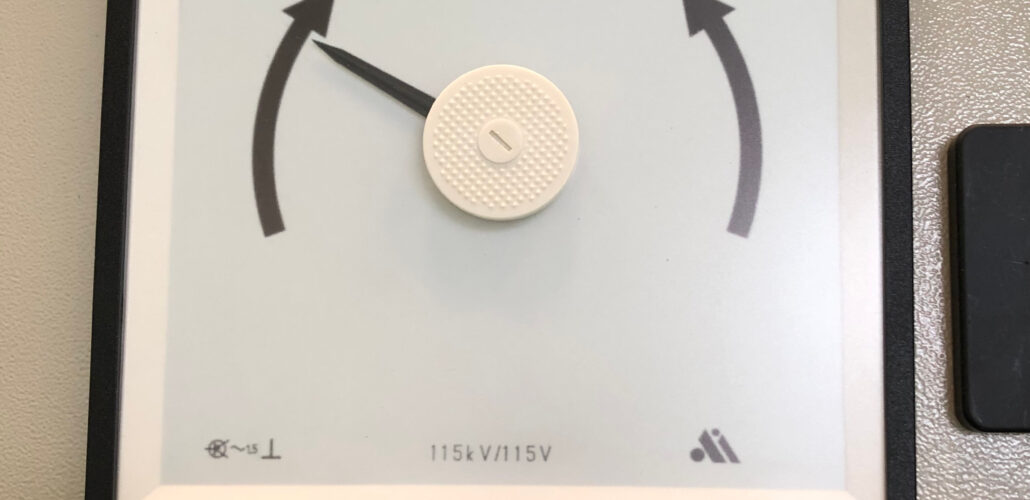Synchro-Check Schemes: Power System Stability
As power systems evolve with increasing renewable energy integration and smart grid technologies, synchro-check schemes continue to adapt.

Image for illustration purposes.
Synchro-check schemes play a crucial role in power systems by ensuring safe synchronisation when connecting generators or interconnecting power systems. These schemes are essential for maintaining system stability and preventing equipment damage during synchronisation operations.
Key components of synchro-check schemes include:
1. Voltage Magnitude Comparison
2. Frequency Comparison
3. Phase Angle Difference
4. Slip Frequency
5. Dead Bus/Live Line Checks
Synchro-check schemes typically operate in two modes:
1. Manual Mode: An operator initiates the synchronisation process, with the synchro-check scheme providing permission to close the circuit breaker when conditions are met.
2. Automatic Mode: The scheme automatically controls the entire synchronisation process, including voltage and speed adjustments of the incoming generator.
Implementation considerations include:
1. Time Delays: Appropriate delays are implemented to avoid transients and ensure stable synchronisation.
2. Blocking Functions: These prevent closing under unsafe conditions, such as when equipment is out of service or under maintenance.
3. Integration with Protection Systems: Synchro-check schemes must coordinate with other protective functions to ensure overall system safety.
4. Logging and Event Recording: Capturing data for analysis and troubleshooting is crucial for maintaining and improving the system.
Modern synchro-check relays often incorporate advanced features such as adaptive settings, which can adjust parameters based on system conditions, and self-monitoring capabilities to ensure reliable operation.
While synchro-check schemes are vital for system safety, they must be carefully designed and implemented to avoid unnecessary restrictions on system operation. Regular testing and maintenance are essential to ensure these schemes function correctly when needed.
Source: Electrical Engineering Portal
#automatic synchronisation#circuit breaker control#dead bus check#electrical engineering#frequency matching#generator connection#grid reliability#grid stability#live line check#manual synchronisation#phase angle difference#power system operation#power system protection#power system synchronisation#renewable energy integration#slip frequency#smart grid technology#Substation automation#synchro-check#voltage comparison



